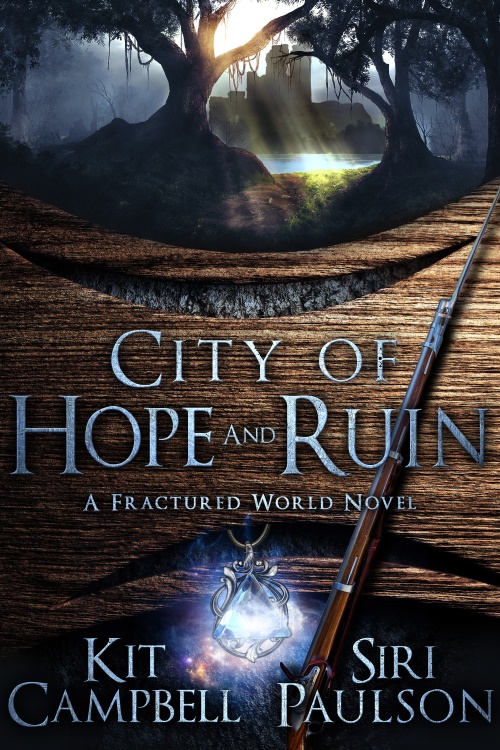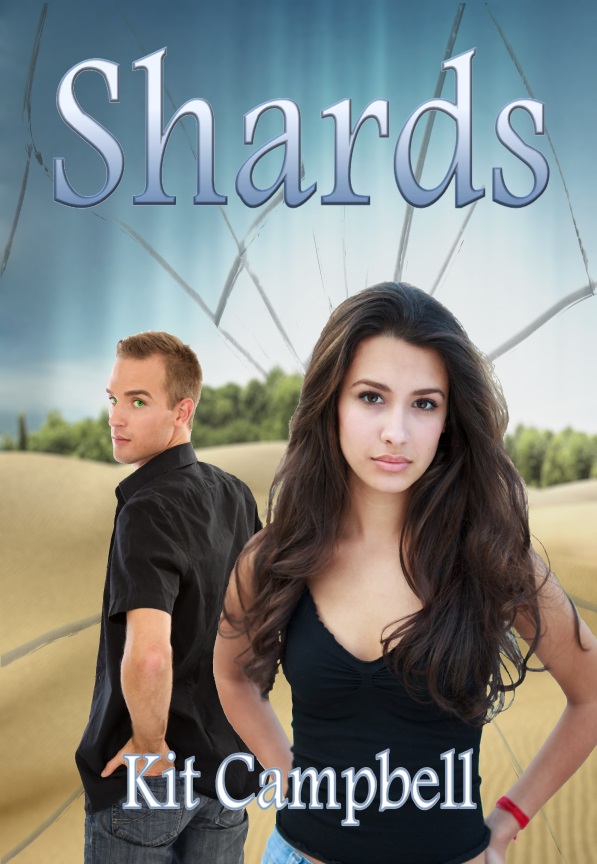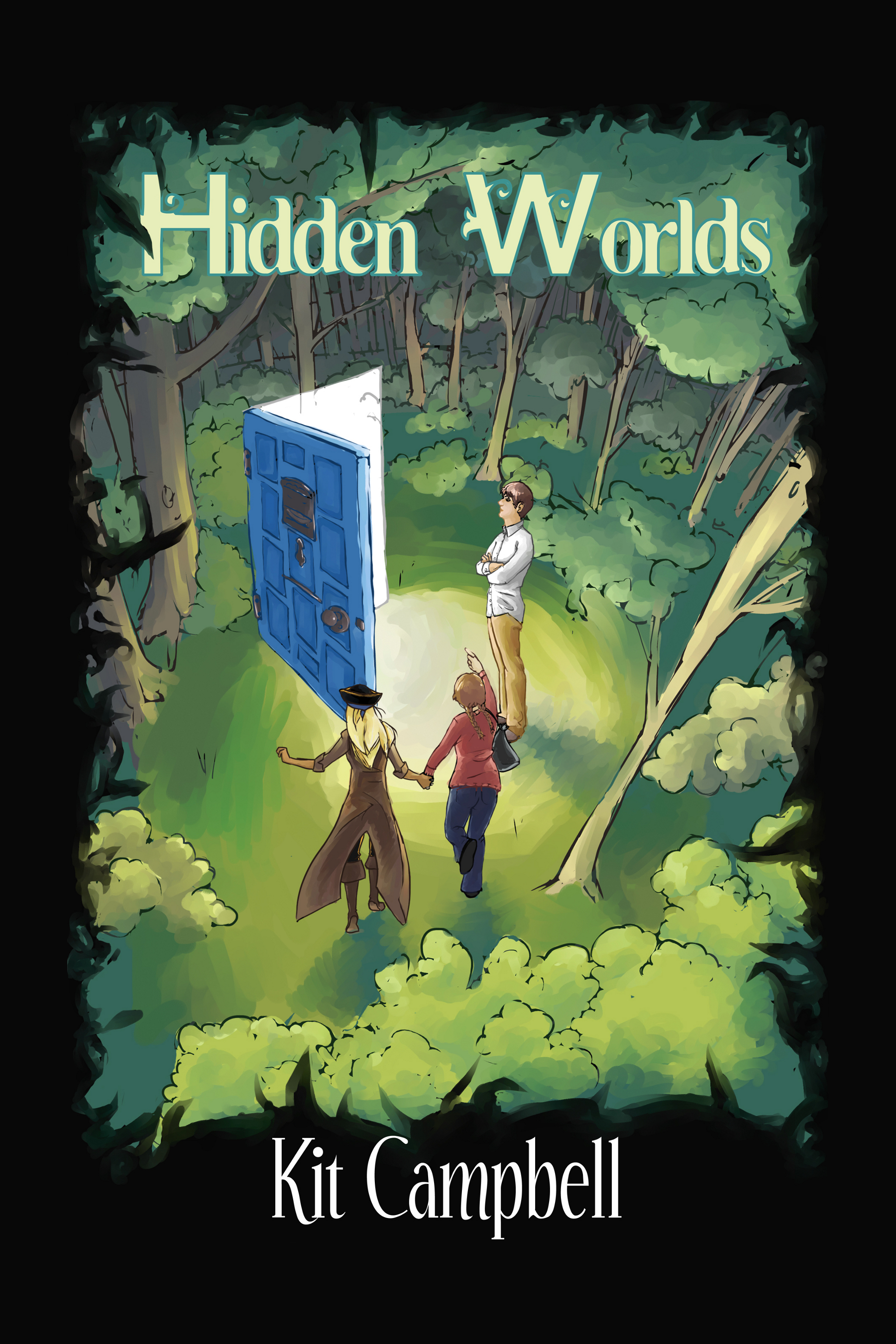Good morning, squiders! Last week we started talking about the basics of outlining. We’ll finish that up today.
What are the parts of an outline?
Again, this varies wildly from author to author. A basic outline, the one most people think of when they think “outline,” contains the plot. Plot, in this case, is the order of events that happen in a story. Things like “Characters A & B discover a dead body in their garden” and “When they call the police, they discover someone has framed them for murder.”
And, to be fair, this is an integral part of almost all outlines. Even if you’re a pantser, and you just need to know where to start (“In a park, where Character A has just seen Character B, the most beautiful man she’s ever laid eyes on”), there’s still a tiny bit of plot. Having at least a basic idea of the story you want to tell is typically a good thing.
How the plot is laid out again varies, based on the type of outline one is using.
Aside from plot (and subplots), outlines might also include:
- Character information (names, ages, appearance, personality, history, etc.)
- Setting information (helpful to have all in one place for consistency)
- Theme(s)
- Arcs (internal, external, relationships, plot, character)
- Target word counts (“this chapter should be about 2000 words”)
- Goals (“this scene introduces Love Interest B”)
- Bits of prose or dialogue (to remember to include)
- Premise
- Chronology (if you’re mixing timelines or telling a story out of order, or in a specific pattern)
Getting started outlining
Last week we touched briefly on how to know how much of an outline one needs before they start writing. While experience is the best teacher here, I find that the best way to feel your way out if you’re just beginning is incrementally.
Start with your premise. A premise is the idea of the story, like “What if Hamlet only pretended to die?” or “Romeo and Juliet, but told in space with pirates.” This is your starting point, in most cases, the idea that popped in your head that you want to try out.
Stop. See how you feel.
Next, try out a basic plot OR characters. Most authors write either plot-driven or character-driven stories, so a lot of people find one or the other comes to them first. If you need some inspiration, feel free to go through the Story Ideas section of the blog.
You don’t need to do a lot of work here. Your character can be “Carrie, 27, newly arrived on the orbiting station.” Your plot can be “Recently-graduated engineer arrives at her post to find it completely deserted.”
(Hm. I kind of like that one.)
Stop. See how you feel.
The temptation can be to do a ton of work up front. And to be fair, sometimes you need to. If you want to write about a subject you know nothing about, research is essential, and can help form your plot and characters moving forward. And some people need five pages of notes/outline for each chapter of their story. You might be one of those.
But I want to warn you about a phenomenon I call Plot Death. I see it in conjunction with NaNoWriMo a lot, where there is a set starting date when people can begin writing. Since they can’t write, they plan. And they plan. And they plan, plan, plan.
And they overplan. And they lose all interest in the story.
Most people have a general range of information they need to start writing. Too little, and they get stuck, unsure where to go. Too much, and the story has lost its magic. What fun is writing if everything’s already planned out? Where’s the magic of discovery, of creativity?
(Again, as a disclaimer, some people love–and need–that level of detail. But it should be something you work up to, not start out with.)
So do a little at a time. Plan out your basic character. Feel like you need their backstory before you start? Add it in. How do you feel? Ready? Still need more?
Start with a basic plot. Feel good? Go. Want more structure? You can plan out the first couple chapters and try that, or hit your major plot points, leaving the spaces in between up in the air. Now how do you feel?
At some point, the story is going to start coming to you. You’ll get an idea of side characters, or scenes, or conversations. (Write these things down so you don’t forget them.) And then start writing. See how it goes. Do you find yourself struggling to think of what comes next? It might help to outline a little more (maybe adding in other viewpoint characters or side plots). Words flowing? Keep going.
Adjust as necessary.
As time goes by, you’ll start to instinctually be able to tell what information you need, and how much of it. For example, I don’t need to do a lot of prep work on characters–they come easily to me–but it’s helpful for me to check my structure and my plot points because my pacing gets way off without that. You’ll learn what’s best for you.
Next week, we’ll discuss why you need–or want–an outline.
How are you doing, squiders? Thoughts on getting started outlining?



